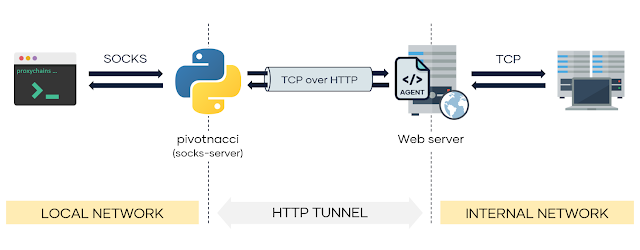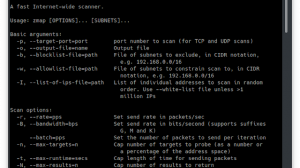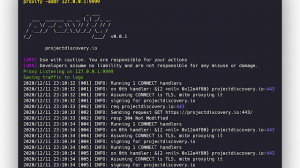[sc name=”ad_1″]
Pivot into the internal network by deploying HTTP agents. Pivotnacci allows you to create a socks server which communicates with HTTP agents. The architecture looks like the following:
This tool was inspired by the great reGeorg. However, it includes some improvements:
- Support for balanced servers
- Customizable polling interval, useful to reduce detection rates
- Auto drop connections closed by a server
- Modular and cleaner code
- Installation through pip
- Password-protected agents
Supported socks protocols
- Socks 4
- Socks 5
- No authentication
- User password
- GSSAPI
Installation
From python packages:
pip3 install pivotnacciFrom repository:
git clone https://github.com/blackarrowsec/pivotnacci.git
cd pivotnacci/
pip3 install -r requirements.txt # to avoid installing on the OS
python3 setup.py install # to install on the OSUsage
- Upload the required agent (php, jsp or aspx) to a webserver
- Start the socks server once the agent is deployed
- Configure proxychains or any other proxy client (the default listening port for pivotnacci socks server is 1080)
$ pivotnacci -h
usage: pivotnacci [-h] [-s addr] [-p port] [--verbose] [--ack-message message]
[--password password] [--user-agent user_agent]
[--header header] [--proxy [protocol://]host[:port]]
[--type type] [--polling-interval milliseconds]
[--request-tries number] [--retry-interval milliseconds]
url
Socks server for HTTP agents
positional arguments:
url The url of the agent
optional arguments:
-h, --help show this help message and exit
-s addr, --source addr
The default listening address (default: 127.0.0.1)
-p port, --port port The default listening port (default: 1080)
--verbose, -v
--ack-message message, -a message
Message returned by the agent web page (default:
Server Error 500 (Internal Error))
--password password Password to communicate with the agent (default: )
--user-agent user_agent, -A user_agent
The User-Agent header sent to the agent (default:
pivotnacci/0.0.1)
--header header, -H header
Send custom header. Specify in the form 'Name: Value'
(default: None)
--proxy [protocol://]host[:port], -x [protocol://]host[:port]
Set the HTTP proxy to use.(Environment variables
HTTP_PROXY and HTTPS_PROXY are also supported)
(default: None)
--type type, -t type To specify agent type in case is not automatically
detected. Options are ['php', 'jsp', 'aspx'] (default:
None)
--polling-interval milliseconds
Interval to poll the agents (for recv ope rations)
(default: 100)
--request-tries number
The number of retries for each request to an agent. To
use in case of balanced servers (default: 50)
--retry-interval milliseconds
Interval to retry a failure request (due a balanced
server) (default: 100)
Examples Using an agent with password s3cr3t (AGENT_PASSWORD variable must be modified at the agent side as well):
pivotnacci https://domain.com/agent.php --password "s3cr3t"Using a custom HTTP Host header and a custom CustomAgent User-Agent:
pivotnacci https://domain.com/agent.jsp -H 'Host: vhost.domain.com' -A 'CustomAgent'Setting a different agent message 418 I'm a teapot (ACK_MESSAGE variable must be modified at the agent side as well):
pivotnacci https://domain.com/agent.aspx --ack-message "418 I'm a teapot"Reduce detection rate (e.g. WAF) by setting the polling interval to 2 seconds:
pivotnacci https://domain.com/agent.php --polling-interval 2000Author
Eloy Pérez (@Zer1t0) [ www.blackarrow.net – www.tarlogic.com ]
[sc name=”ad-in-article”]





















Add Comment